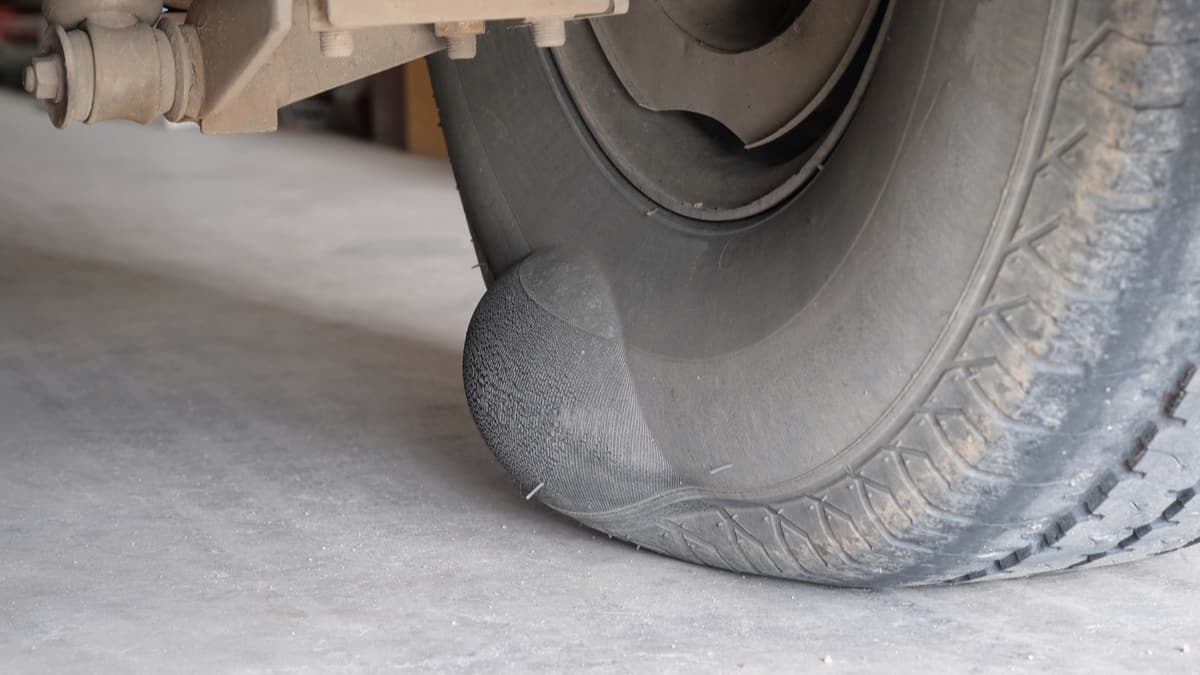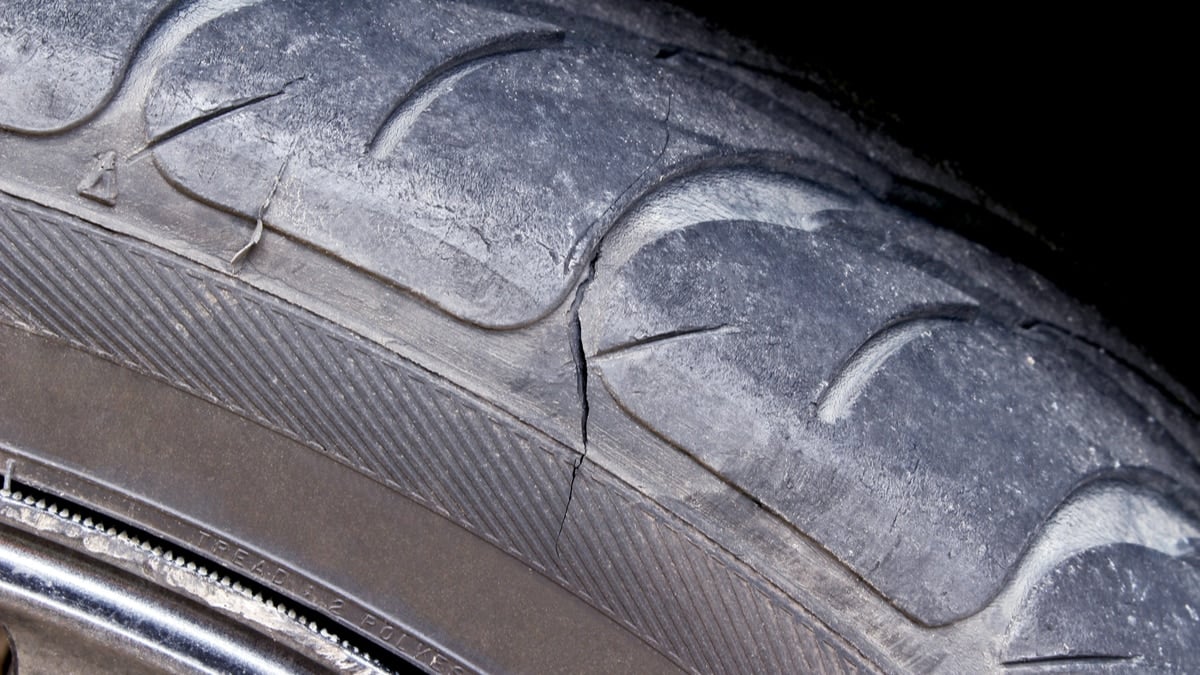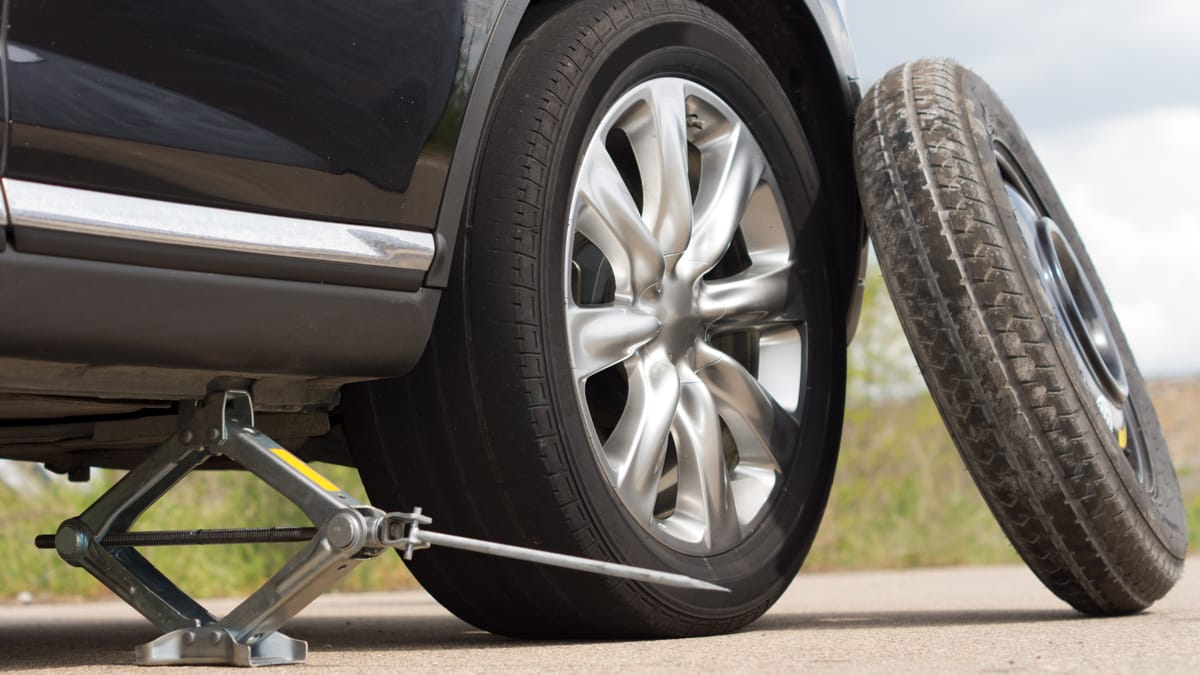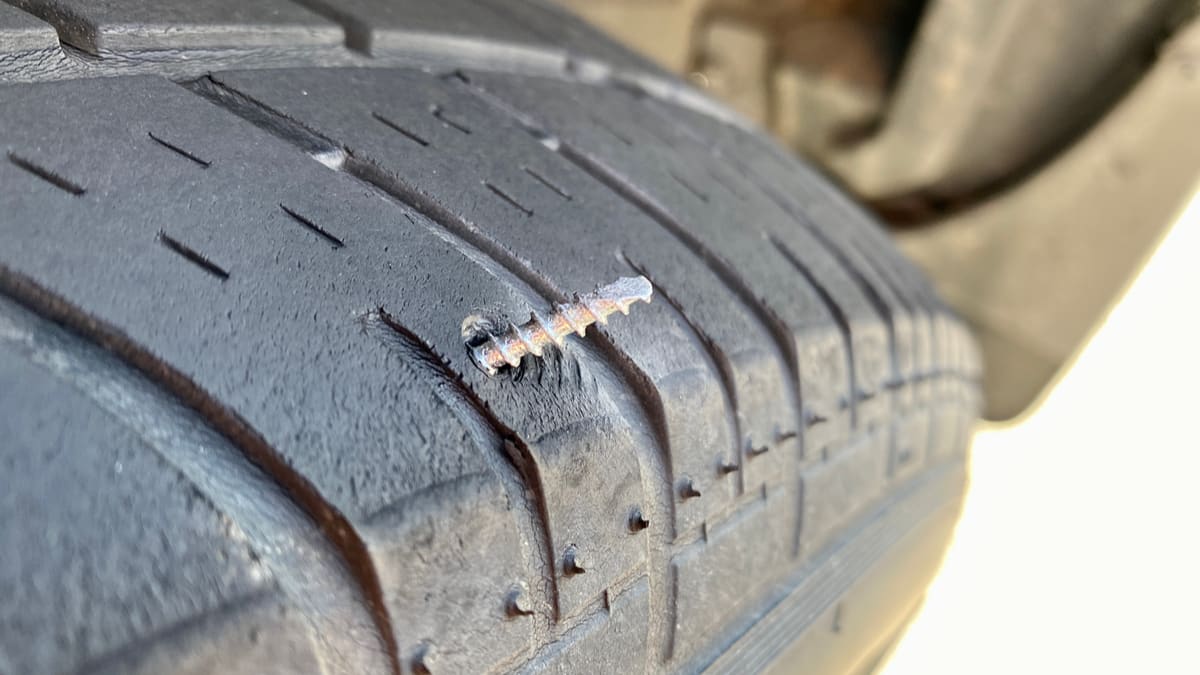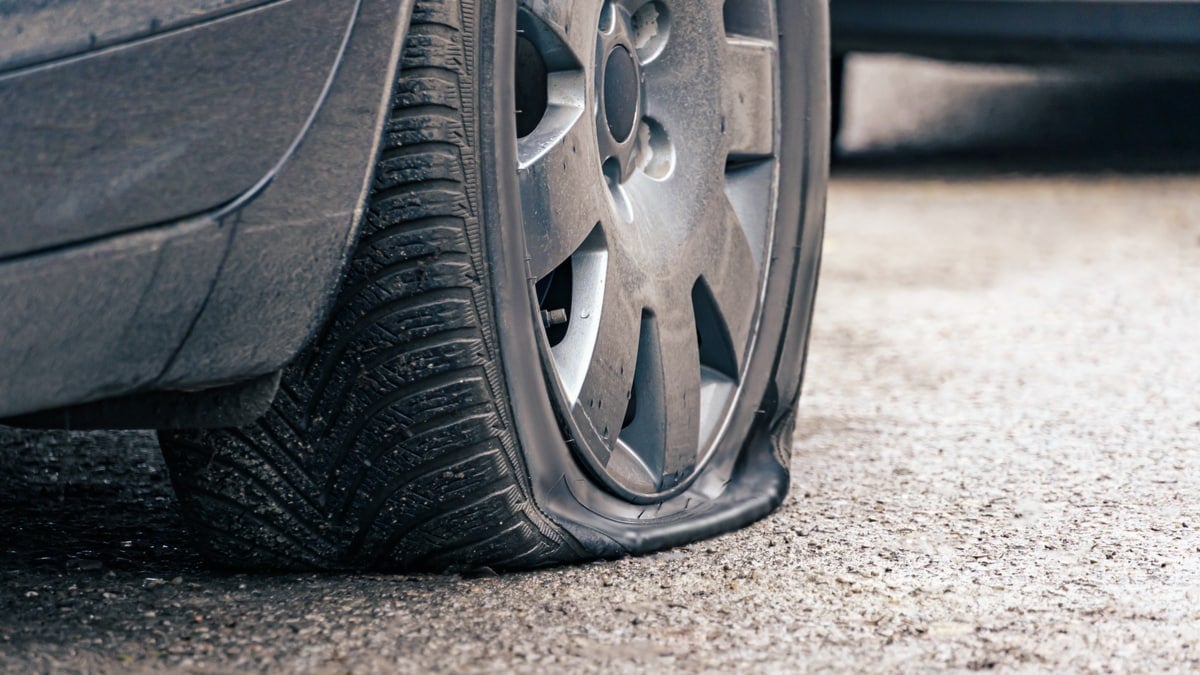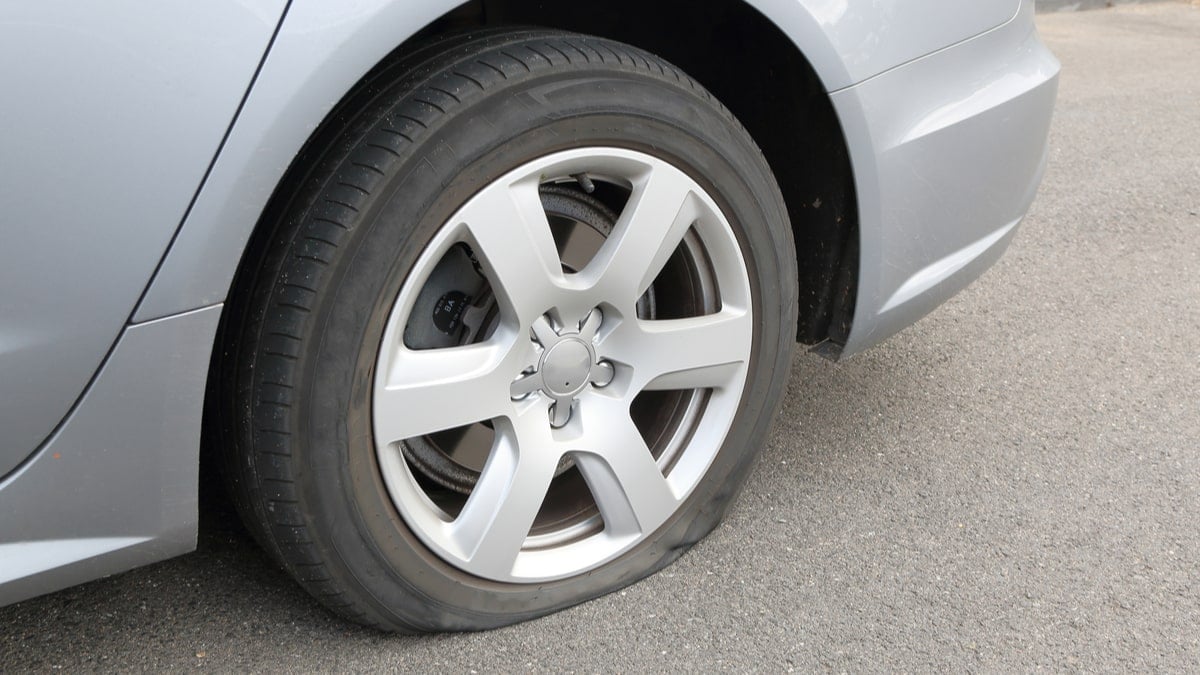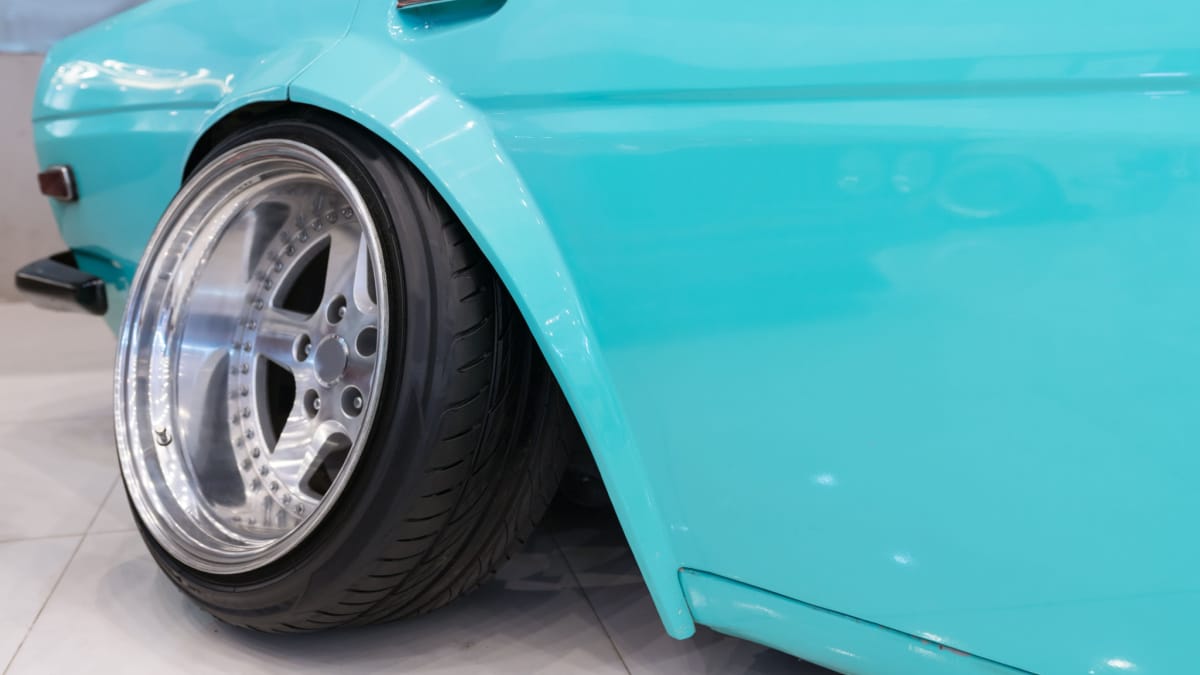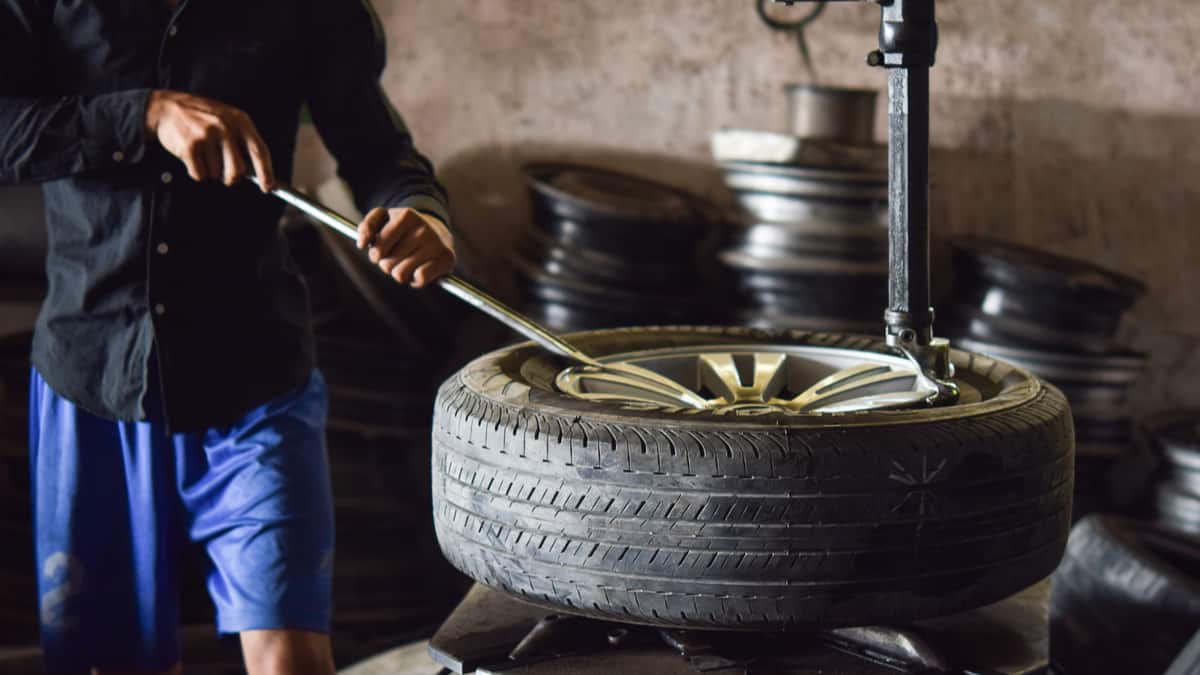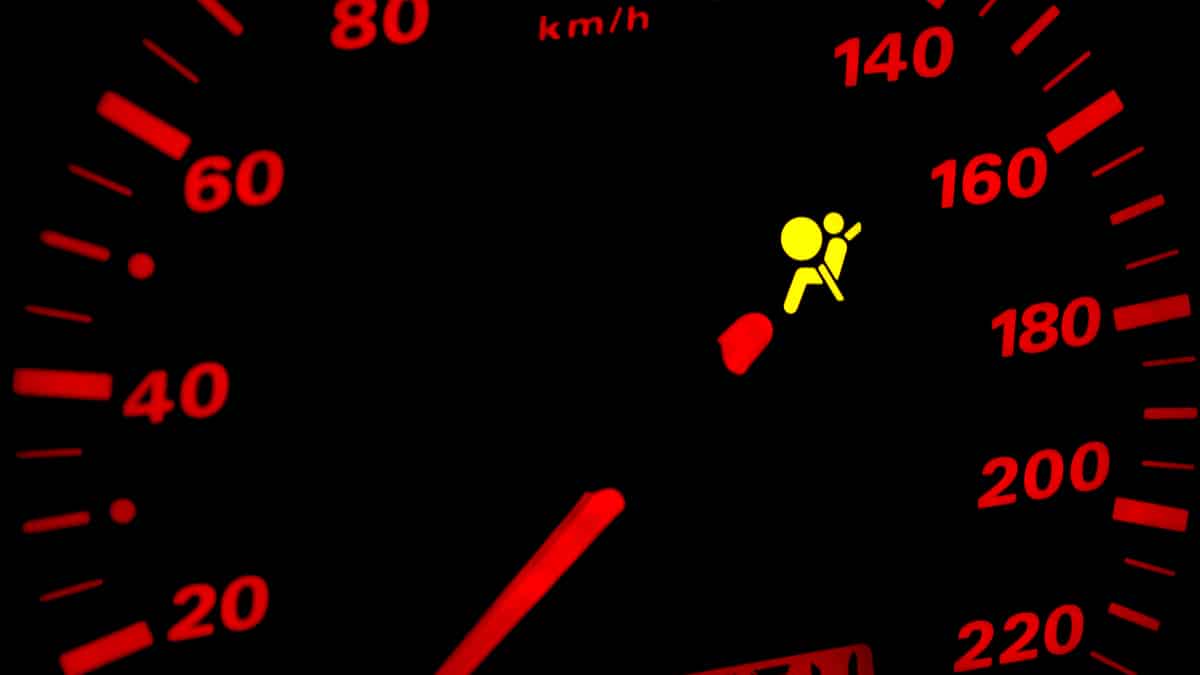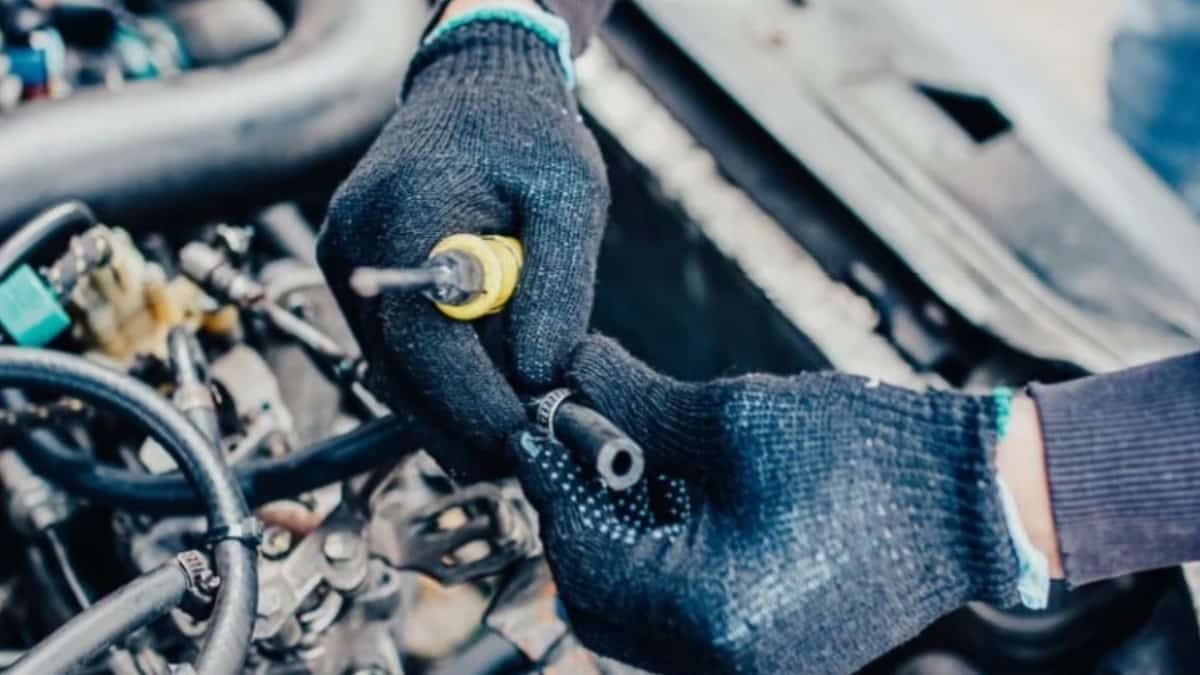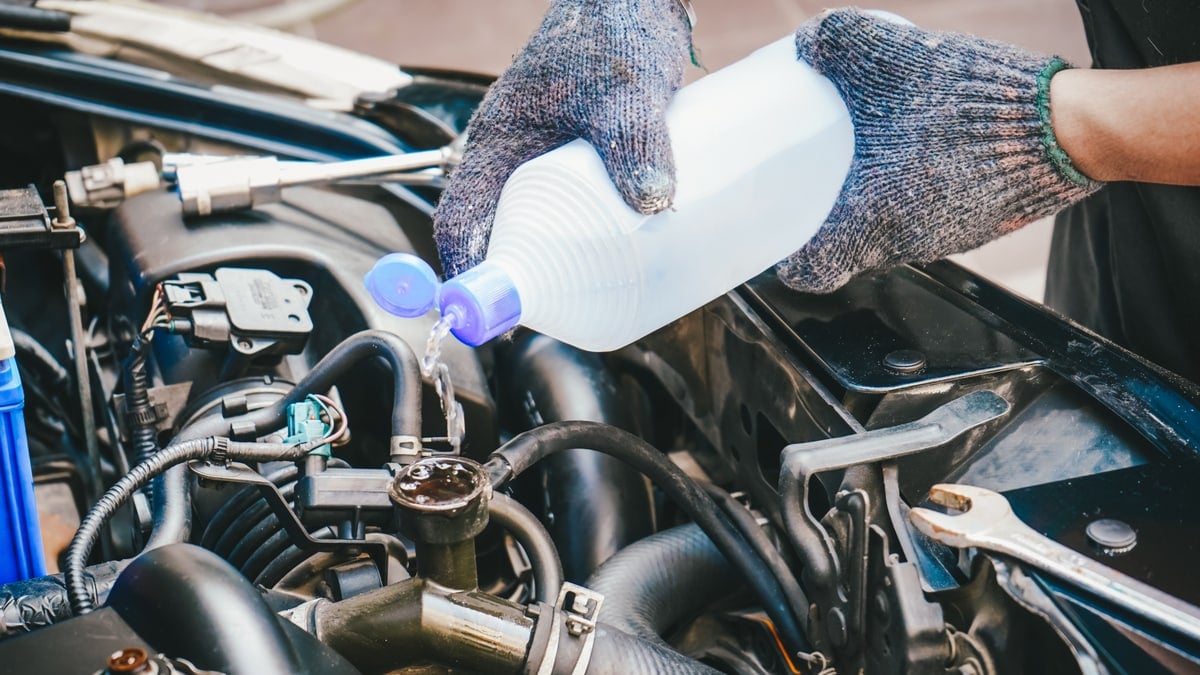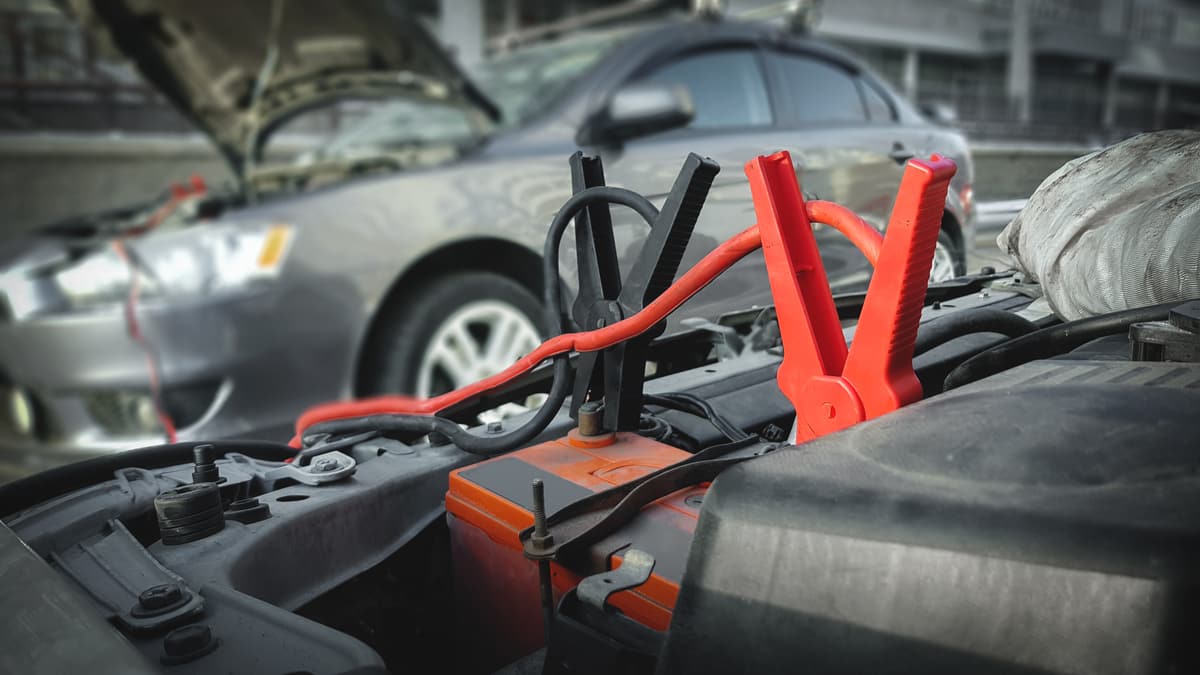As a kid, it’s fun to see bubbles and try to pop them. However, as an adult, bubbles lose their appeal, especially when they are seen on car tires. Bubbles in the sidewall or tread are never a normal occurrence, so is it safe to drive on a tire with a bubble?
No. It’s never safe to drive on a tire with a bubble, no matter the bubble is located. The defective tire is no longer able to offer the on-road protection you need, and a blowout could occur. Tires should always be perfectly round, with decent tread and a smooth sidewall.
In this article, I cover the different types of bubbles that can occur in your car tire. I also look at the dangers of driving on a faulty tire like this. In the end, I discuss ways to prevent getting bubbles in the tire, so you can keep them on the road longer.
Tire Bubble Types
1. Sidewall Bubble
It’s more common to see a bubble appear in the tire’s sidewall than the tread. These bubbles are often caused by driving on the tire when it is flat. If the tire is significantly low on air and you continue driving it to the service center, you can count on a bubble occurring.
As the tire flattens, the sidewall material slips under the wheel edge, leading to even more wear. However, these bubbles can also occur after impact, such as hitting a curb or running through a pothole too quickly. The force of hitting the road hard can cause the tire to pinch in the rim, leading to a bubble.
Additionally, these bubbles can be caused if there’s a defect in the tire and the rubber is excessively thin. If you continue driving on this tire after the bubble occurs, it’s highly likely that it will blow out on you. Sadly, there aren’t a lot of symptoms to this type of bubble other than seeing it during a visual inspection.
RELATED: What is a Tire Sidewall Damage (& When to Replace the Tire?)
2. Tread Bubble
It’s not as likely that a bubble will appear in the tread, but it can happen. In fact, when one of the steel belts running along the tire circumference breaks below the tread, it will commonly lead to a bubble or bulge. You should also start to notice bumping that’s rhythmic as you drive.
If you notice this bumping feeling, it’s best to pull over and take a look at what’s happening. The bulging tread might be drivable for a short time, allowing you to get to the nearest tire shop. However, you shouldn’t drive far, and you definitely want to take it easy along the way. It could fail at any point, so be cautious.
RELATED: Tire Dry Rot: Warning Signs, Replacement, Prevention & Safety
Dangers of Driving With Bubble on Tire
It’s always better to play it safe and avoid driving on any tire with a bubble. With the force from the car and the constant pressure pushing on it, the bubble could cause the tire to burst. As you drive, the air is going to continue escaping through the inner lining, especially if the bubble is in the sidewall. At some point, the rubber will stop holding. Remember, your car tires are the only part of your vehicle that make contact with the road.
If the tire blows out while you are driving, you could quickly lose control of the car. That doesn’t just put you in danger, but also anyone that’s driving near you at the time. Plus, a blown-out tire can cause damage to other parts of the vehicle, including the suspension system and the wheels. You could find yourself with a higher repair bill than you bargained for initially.
RELATED: Nail in Tire – What to do & Is it safe to drive with?
How to Fix a Bubble Tire
Is it possible to fix a tire with a bubble in it? Any reputable tire shop is going to tell you that it’s not repairable. You can’t fix the inner lining if it has broken open. That’s why it’s important to notice the damage early and get the tires replaced before additional danger occurs.
Depending on the health of the other tires, you may be able to replace just one. However, if the other side is looking worn too, you might be better off replacing the tires as a pair.
Because the sidewall is needed to provide lateral stability and to ensure the tire shape remains intact, you don’t want to continue driving on this defect, nor do you want to try and fix it. Additionally, if it’s the tread that has a bubble, you are looking at broken cords, which are also non-repairable. Plus, these broken cords cause a lack of tire integrity and the tire could fail at any time.
Of course, if you do research online, you will find plenty of resources that tell you it’s possible to fix a bubbled tire. There are online sites that tell you to use a reinforced patch internally or to apply kapron thread to sew the area. While both of these options could potentially solve the issue temporarily, there’s no way to ensure your on-road safety as a result. For this reason alone, it’s best to listen to the experts at the tire shop and avoid crazy do-it-yourself ideas. After all, what is your life worth?
No one wants to pay the repair bills to have tires replaced. That’s why it’s more important to maintain the tires and prevent bubbles from occurring in the first place.
READ MORE: How Much Does it Cost to Replace Your Tires?
Ways to Prevent Bubbles in Tires
1. Drive Around Potholes
The main reason that bubbles occur in the sidewall is due to potholes. In most cases, you can see a pothole coming, allowing you to make a choice that protects the tires.
Before you hit a pothole at full speed, try to swerve around it. At the very least, you want to reduce the speed of your vehicle so the impact is minimized. If you notice there’s a path you take that has more potholes than usual, try changing up the daily commute to go a different way. Your tires and suspension system will thank you.
2. Use Caution
There are other road hazards you should be careful of. For example, speed bumps are the enemy of vehicles, especially if you are traveling too fast. Additionally, sidewalks and curbs can be a downfall while parking your vehicle.
The more you can pay attention, the better shape your tires will remain in. As you approach a speed bump, lower your speed as much as possible. When you are parking, go ahead and inch your way into the spot. This way, if you do hit the curb or sidewalk, you do so with minimal force.
3. Maintain Tires
You can prevent a lot of tire issues in general by maintaining them properly. Try to visually inspect the tires once a week to look for any defects or abnormal wear.
Additionally, the tire pressures should be checked monthly and any time that the temperatures change dramatically. If you drive on tires that are properly inflated, there’s a lot less that can go wrong. Carry a little tire gauge with you and know where the nearest air machine is for quick adjustments.
RELATED: Screw in Tire – What to Do & Is it Dangerous to Drive With?
Categories: Tires
